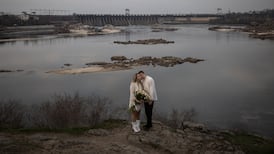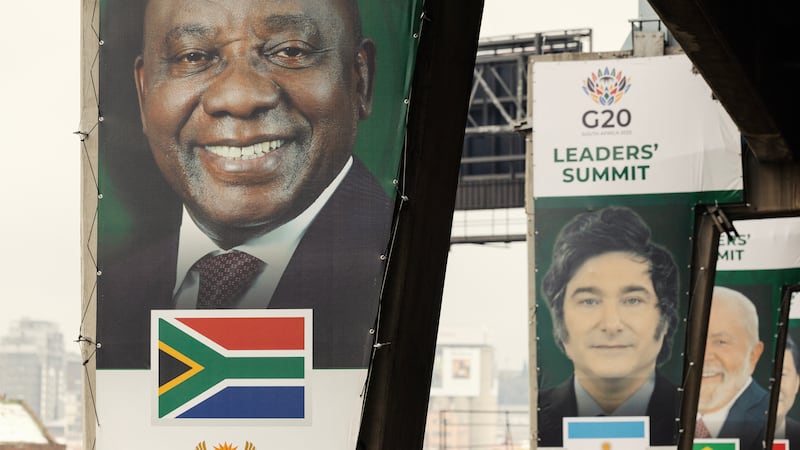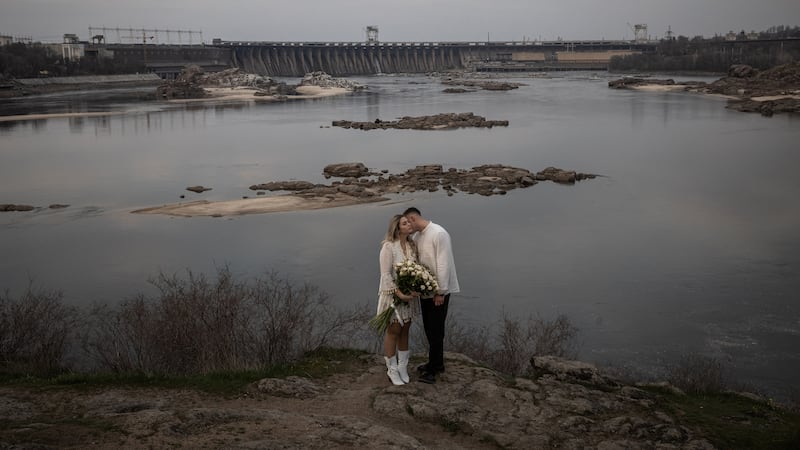Refugees and migrants are stuck in growing numbers and deteriorating conditions at a fence on the Hungary-Serbia frontier as relations between states on the so-called Balkan route fray again over border controls.
Last autumn, Hungary built fences on its frontiers with Serbia and Croatia to divert migrants and refugees travelling north through the Balkans, but several thousand each month continue to breach the fence or enter legally via "transit zones"; most quickly travel on through the country to Austria, Germany and beyond.
As of last Tuesday, however, anyone detained by Hungary’s police within 8km of the border who is found to have entered the country illegally can be returned to Serbia without any legal process.
The United Nations refugee agency (UNHCR) and Hungarian Helsinki Committee condemned the measures as a breach of Budapest’s international obligations to people fleeing war and persecution.
Doubled numbers
UN agencies in Serbia now report that, as a result of the new law, the number of refugees and migrants on the Serbian side of the border has doubled over the past few days to more than 1,300, most of them women and children.
The UN said that some 800 asylum-seekers are waiting in the open on Serbian territory outside the Hungarian transit zone, “where overall conditions, particularly lack of shelter, health and sanitation represent major challenges”.
Temperatures are now regularly above 30 degrees, and the makeshift camp has few toilets, no bathrooms and only one water tap. People sleep in the open or in plastic tents or shelters made from branches and blankets.
The UN agencies and other NGOs have responded by increasing provision of food, water, medical help and other aid to Serbia. But its government has expressed alarm at the rapidly deteriorating situation.
Serbia's work and social affairs minister, Aleksandar Vulin, said he was very concerned that Hungary seemed to "have tried not only to send the migrants to the transit zone, but to return them to Serbian territory, which has no legal grounds in international law".
"We could find ourselves completely alone in solving the migrant crisis," he said. "Europe is acting like the migrant crisis is over."
More than one million refugees and migrants reached EU states last year via the Balkans, prompting the region’s governments to shut their borders to such travellers in March.
Help crossing
Several thousand still reach Austria and Germany every month, however, often crossing these supposedly closed frontiers with the help of people smugglers.
Mr Vulin said that this year Serbia had “registered 102,000 migrants passing through [its territory] . . . That means that the Balkan route still exists.”
Large numbers of people could now become trapped in the country, he warned: “Because of closed borders, Serbia may find itself with a problem. Serbia will not allow that.”
Until now, Hungary has done little to stop refugees and migrants who reached its territory from moving on to Austria.
In response, Austria tightened checks on vehicles arriving from Hungary.















